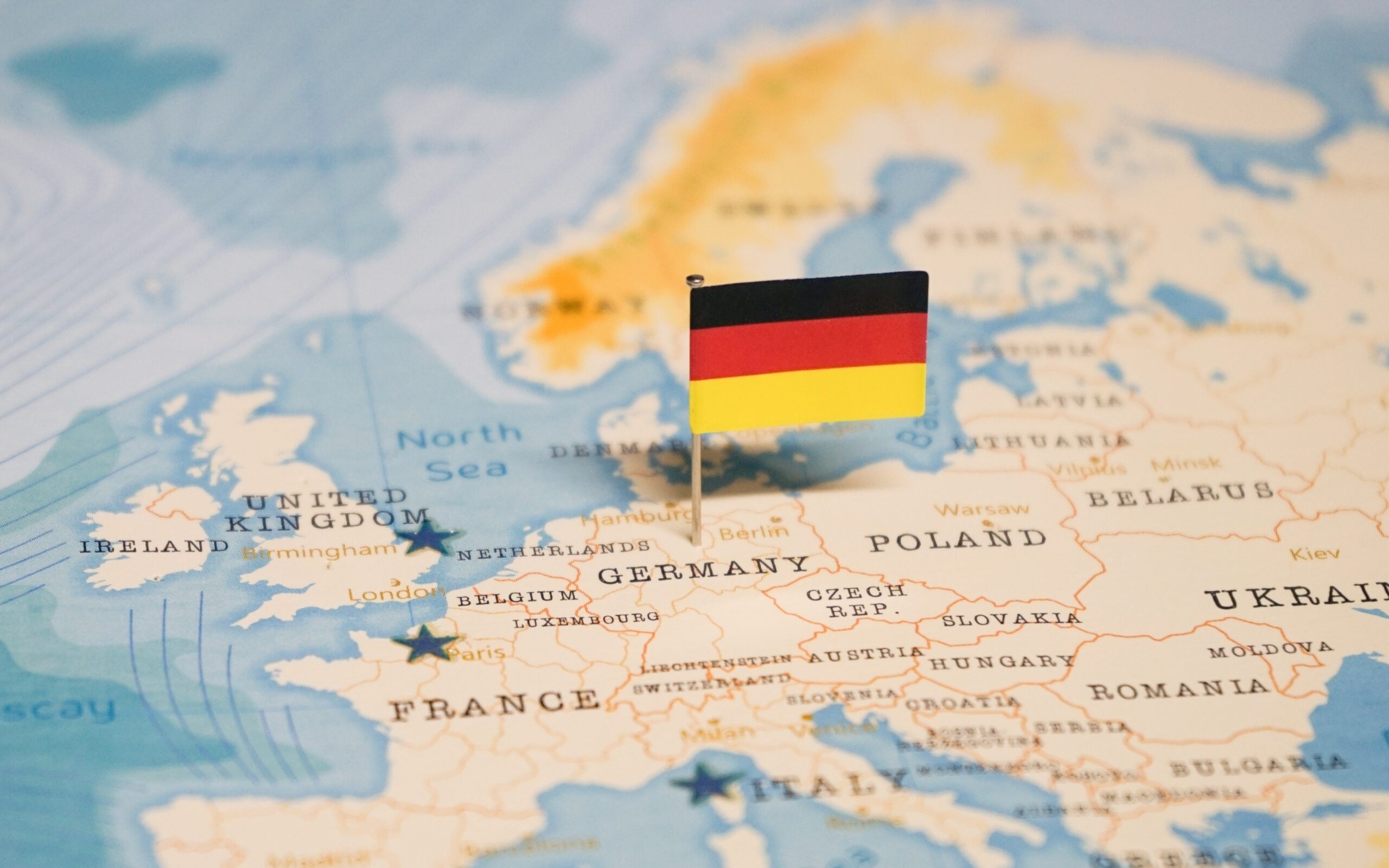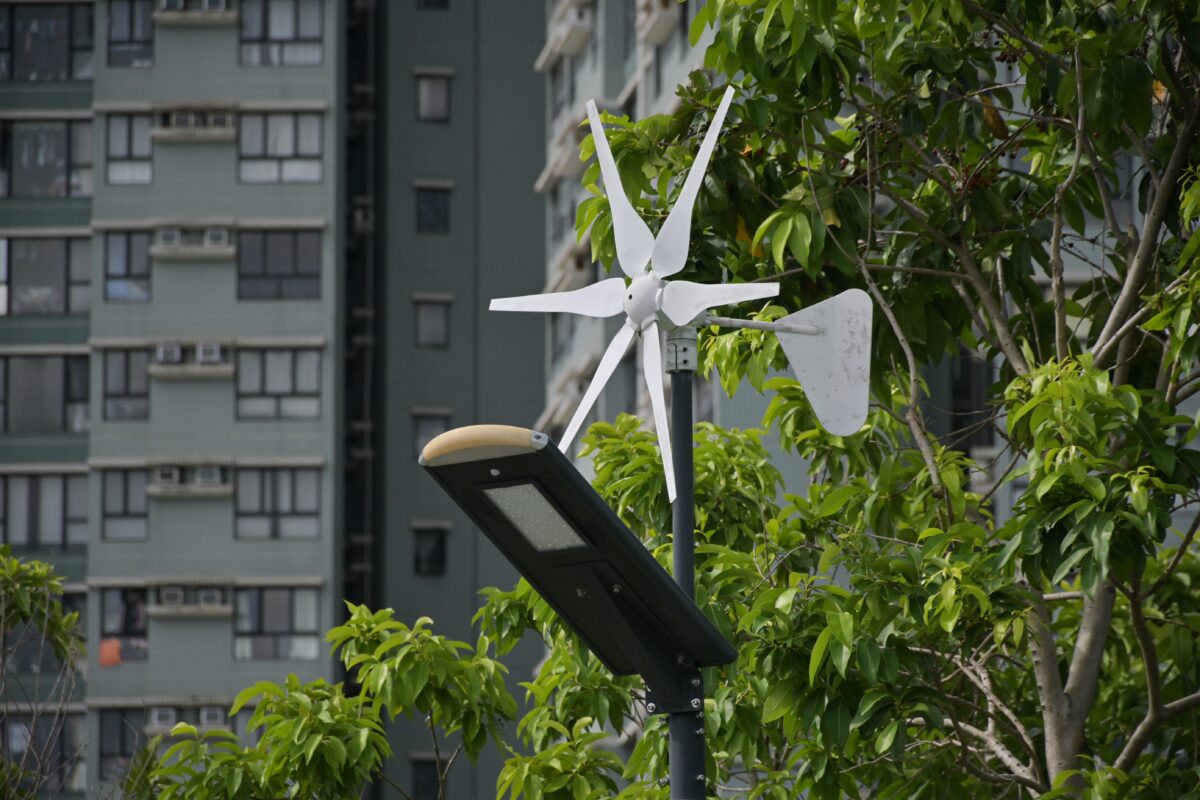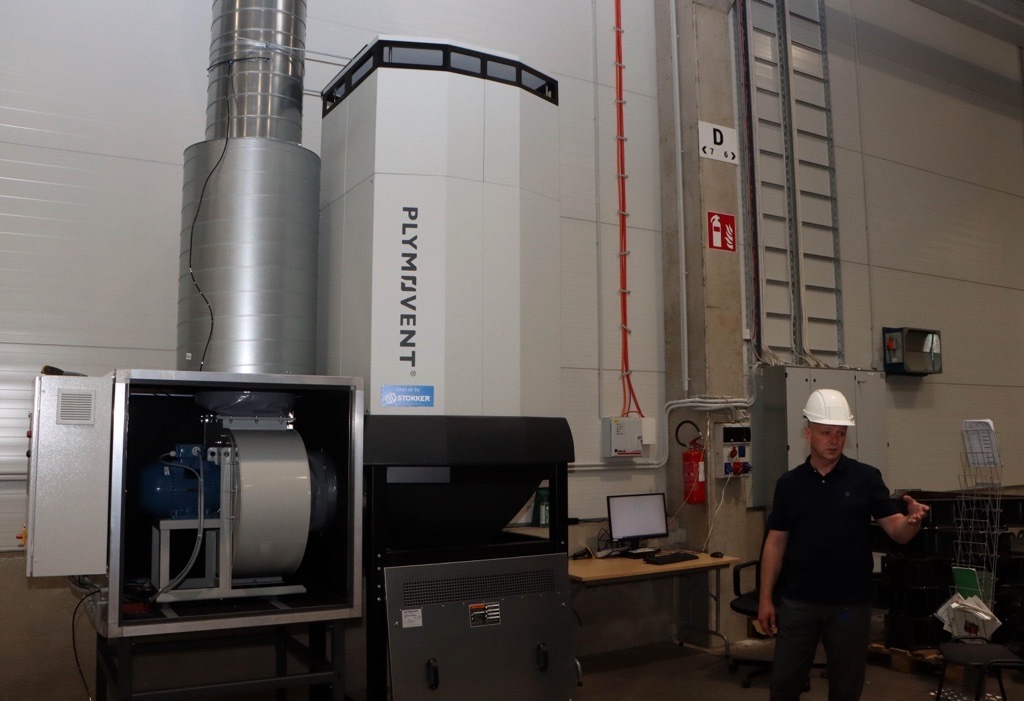Germany remains one of the global leaders in wind energy, ranking third in installed capacity behind only China and the United States. By 2023, wind had become the largest single source of electricity in Germany, providing nearly 27% of the country’s total power mix. As Germany works towards its ambitious goal of net zero emissions by 2045, wind energy is set to play an even bigger role in its energy transition.
Germany has a long history of pioneering wind technology with around 61 gigawatts of onshore and 8.5 gigawatts of offshore capacity installed by the end of 2023. However, the industry faced challenges in the past few years, particularly a dip in new installations, with 2020 marking a two-decade low. Fortunately, recent regulatory and permitting reforms have helped the sector bounce back, and by 2023, new wind capacity added nearly 3.3 gigawatts to the grid, signaling a renewed momentum in the turbine finance industry.
As the country continues to shift away from fossil fuels, wind power remains central to its strategy, ensuring a cleaner, more sustainable future. Part of that strategy is financial support, both to big-scale wind farms, as well as small wind turbines.
What is a wind turbine?
In this case, we will focus on small wind turbines (SWTs). A small or residential wind turbine is a compact energy generation system designed to harness wind energy to produce electricity for residential, agricultural, or small commercial use. Typically ranging from 1 to 10 kilowatts in capacity, these turbines can be either freestanding or mounted on rooftops. Small wind turbines are especially beneficial in rural or off-grid areas where connecting to the utility grid may be impractical or costly. They consist of a rotor that captures wind energy, a generator that converts it into electricity, and a tower that elevates the turbine to capture stronger winds. With their ability to reduce electricity bills and contribute to a more sustainable energy future, small wind turbines are an increasingly popular choice for homeowners, businesses and communities looking to lower their carbon footprint and increase energy independence.
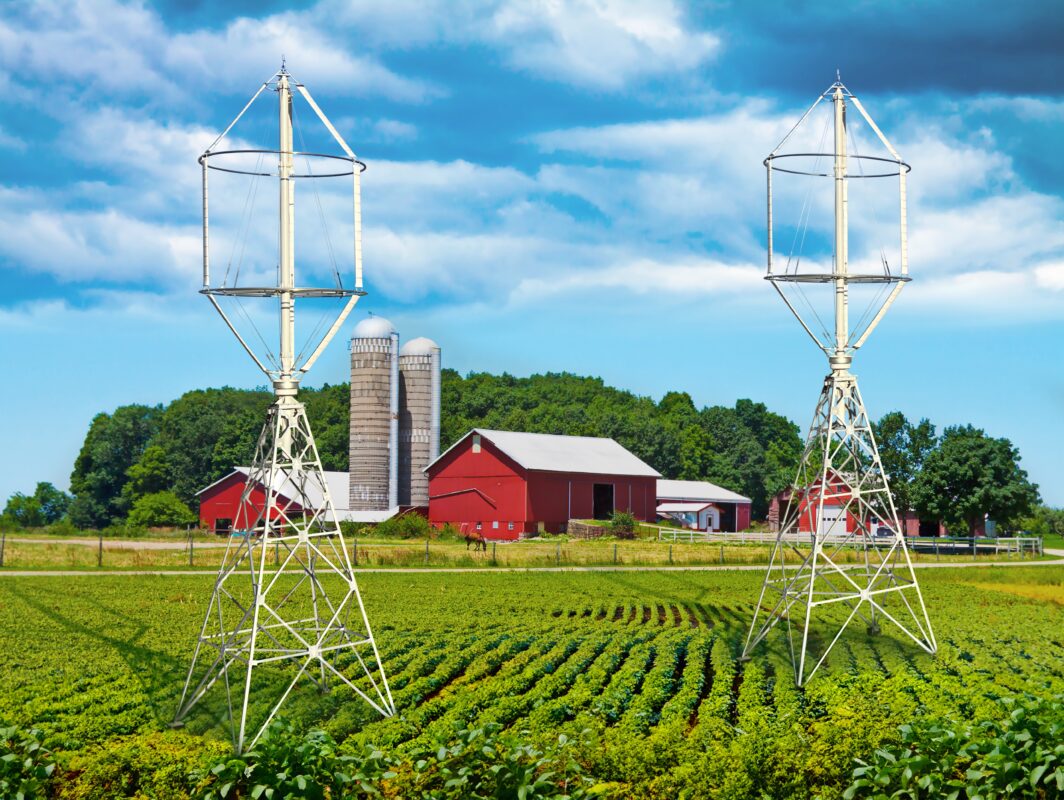
Types of Financial Support
Wind Turbine Grants
Part of the German Climate Action Programme 2030 is The Federal Subsidy for Efficient Buildings (BEG). This financial scheme is supposed to promote building renovation in Germany, especially using renewable energy solutions like small wind turbine.
The BEG consists of three sectors:
1) Federal funding for efficient buildings – residential buildings ( BEG WG)
2) Federal funding for efficient buildings – non-residential buildings ( BEG NWG)
3) Federal funding for efficient buildings – individual measures ( BEG EM)
The program has two options: subsidies and loans. Applicants can use promotional loans from 0,64% or up to 60 000 or 150 000 euros credits per residential unit.
Are you interested in this type of financial support and want to see if a small wind turbine is a viable solution for you? Reach out to us to evaluate wind potential in your region.
Are you interested in this type of financial support and want to see if a small wind turbine is a viable solution for you? Reach out to us to evaluate wind potential in your region.
Financing and Loans
German citizens can count on so-called „green loans” – financial aid suited for homeowners and companies interested in wind investment. The European Investment Bank (EIB) provided a loan of 100 million euros to Deutsche Kreditbank (DKB). The money is supposed to finance small and medium-sized wind turbine installations in German homes and businesses.
KfW Bank also prepared energy-efficient construction loans, which offer a great way to finance eco-friendly building projects. Homeowners can borrow up to 120,000 euros per housing unit from commercial banks if their new construction exceeds the required energy efficiency standards. To sweeten the deal, there’s a repayment bonus between 18,000 and 30,000 euros, depending on how energy-efficient the building is.
German Onshore Wind Farms
In Germany, most wind turbines are built on land, while in other European countries with access to the sea, they’re often placed offshore. Land-based wind turbines have a financial edge because the return on the investment can be seen a lot quicker. Typically, an onshore wind turbine becomes profitable within 8 to 10 years, while an offshore turbine takes around 12 years due to higher costs. Offshore wind farms are more expensive to build, install, and maintain.
However, when it comes to energy payback—how long it takes for a turbine to generate more energy than was used to build it—things look great for both. On average, a wind turbine reaches energy payback in about 23 weeks, making wind energy a highly sustainable option.
Are you interested in wind electricity but unsure how to start the process? Let us guide you with a free site feasibility survey to analyze your potential and help you through the process. Contact us for more details.
Small Wind Turbines Part of Germany’s Energy Transition
Private investors, like homeowners and small businesses, can have a big impact on Germany’s energy transition. More and more households are becoming environmentally conscious and interested in renewable energy sources. Many are even willing to pay more for clean energy technologies. On top of that, households are already contributing financially to the expansion of renewable energy through a fixed charge per kilowatt-hour (kWh), which adds to the long-term costs of the energy transition. By investing in renewable energy sources, homeowners can both support climate protection and lower their electricity bills.
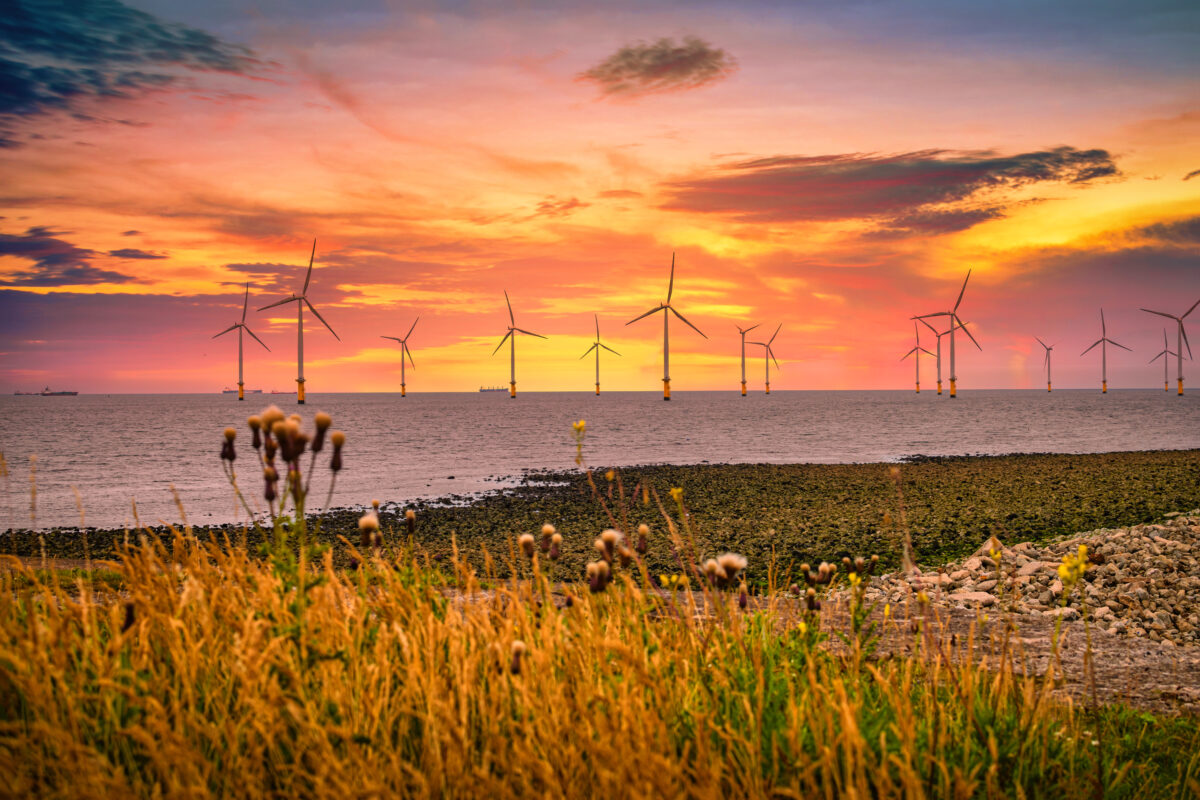
This is where the concept of “prosumers” comes in—households that produce and consume their own energy. So far, investments in photovoltaics (solar power) and, to some extent, biomass plants have been the most financially viable options for private households in Germany. However, small wind turbines (SWT) are starting to gain attention as another way for homeowners to generate electricity.
SWTs come with several benefits: they provide the option of energy independence or earning money by feeding excess energy into the grid. Since they’re close to where the energy is used, transmission costs are minimal. Residential wind turbine technology is well-established and reliable, making it a stable choice for households looking for a dependable energy supply. They have the potential to become a key part of the renewable energy mix, especially in rural and off-grid areas of Germany.
Long-Term Savings and Efficiency
Wind turbine energy offers protection against rising electricity prices by reducing your reliance on fossil fuels and avoiding greenhouse gas emissions. For homes in remote areas, a small wind turbine can be especially valuable, as it can save you from the steep costs of extending utility power lines to your property.
While the upfront cost of a wind energy system can be significant, it becomes cost-effective over time as it reduces or even eliminates your utility bills. The payback period varies based on factors like the system you choose, the wind conditions at your location, local electricity rates, and how you use the system. But in the long run, it can be a smart investment.
Small wind energy systems can either be connected to the electricity grid or operate independently as stand-alone systems. A grid-connected wind turbine can help lower your reliance on utility-supplied electricity for things like lighting, appliances, and heating. If the wind turbine doesn’t generate enough power to meet your needs, the utility company will provide the extra electricity. Conversely, when your turbine produces more energy than you use, you can sell the surplus back to the utility. Thanks to modern interconnection technology, this process happens automatically.
On the other hand, stand-alone wind systems are ideal for homes, farms, or even entire communities, like co-housing projects, that are located far away from utility lines. Either type of system can be a great option, provided certain conditions are met.
The Future of Financial Support for Wind Energy
In the years ahead, Germany is set to significantly boost its investment in green electricity. The goal is to raise the share of renewable energy to 40-45% by 2025, with an ambitious target of reaching 60% by 2050. Germany also plans to reach carbon neutrality by 2045. To achieve it, the country has set ambitious targets for the next two decades – by 2030 the total installed wind capacity is supposed to reach 145 gigawatts (115 onshore and 30 offshore).
To help achieve this, the government plans to expand onshore wind energy by adding 2,500 megawatts of new capacity each year. With such strong commitment, green electricity in Germany presents a solid opportunity for long-term investment.


